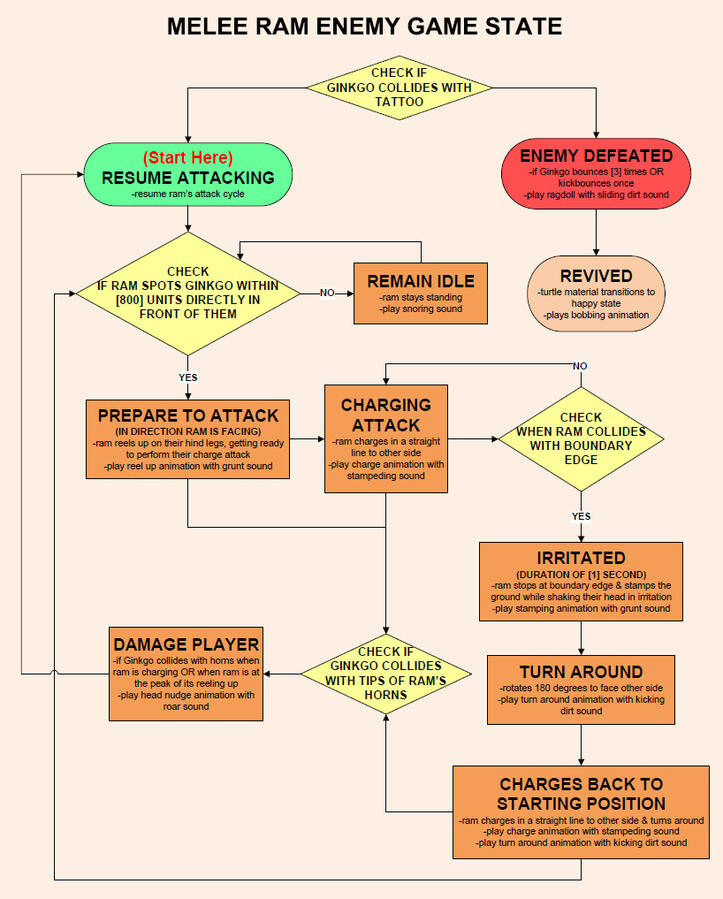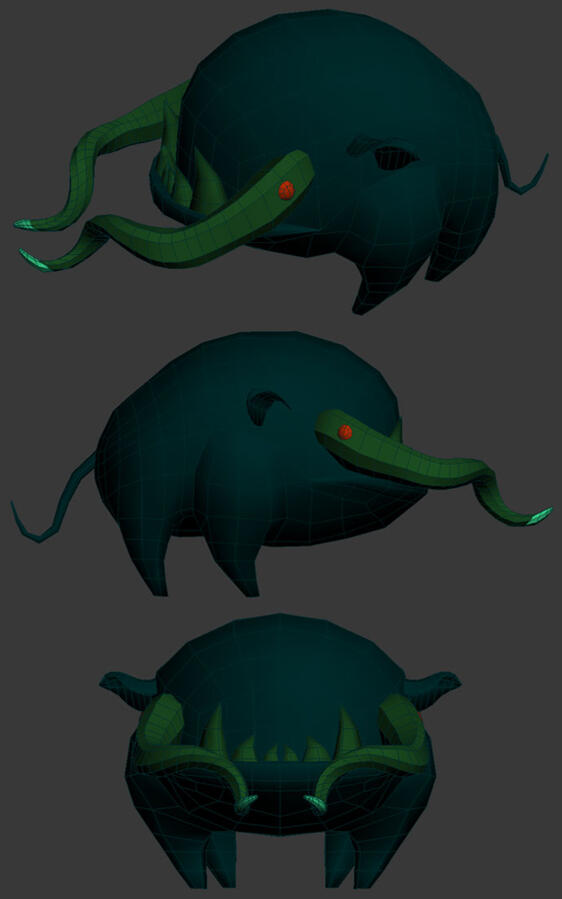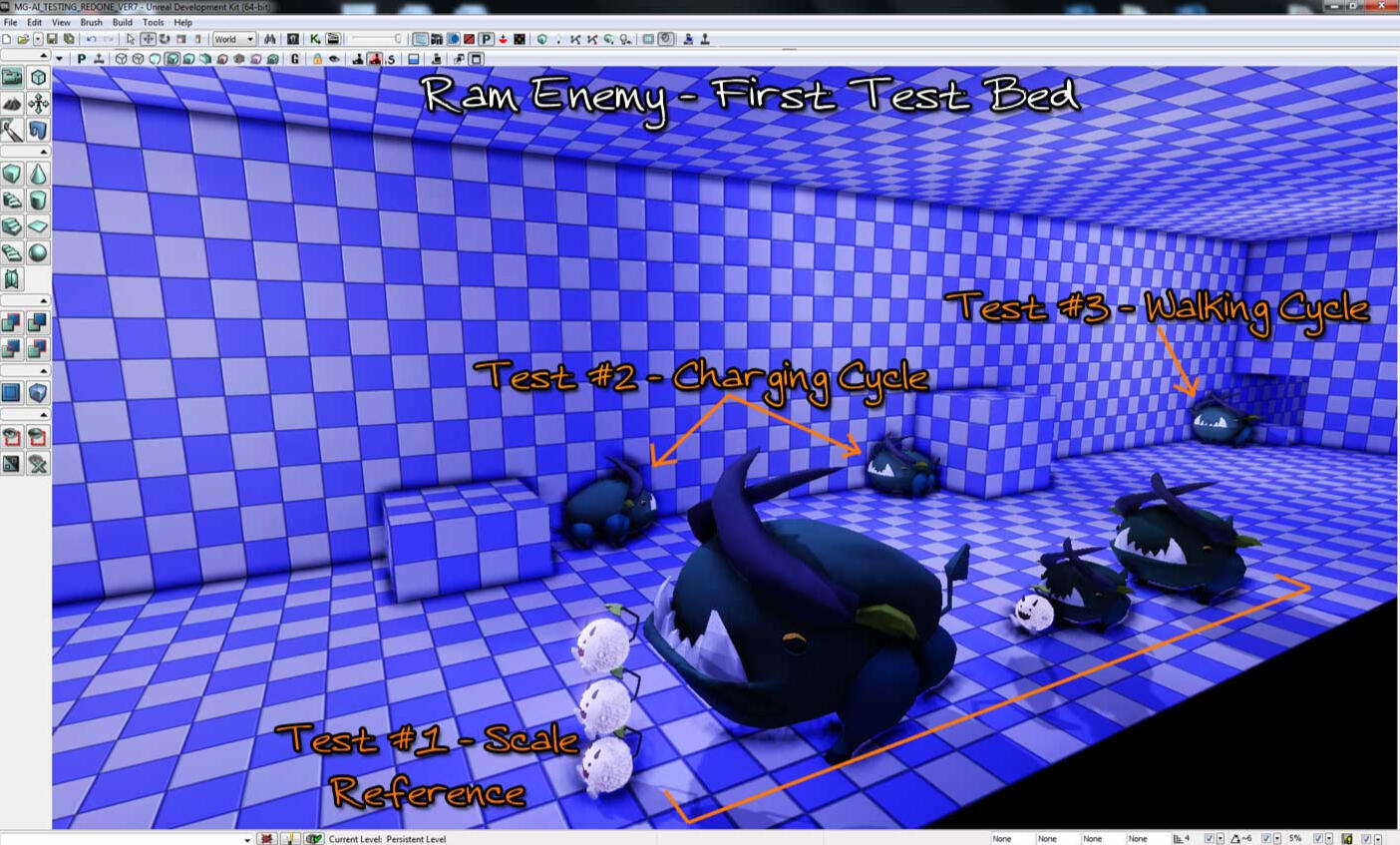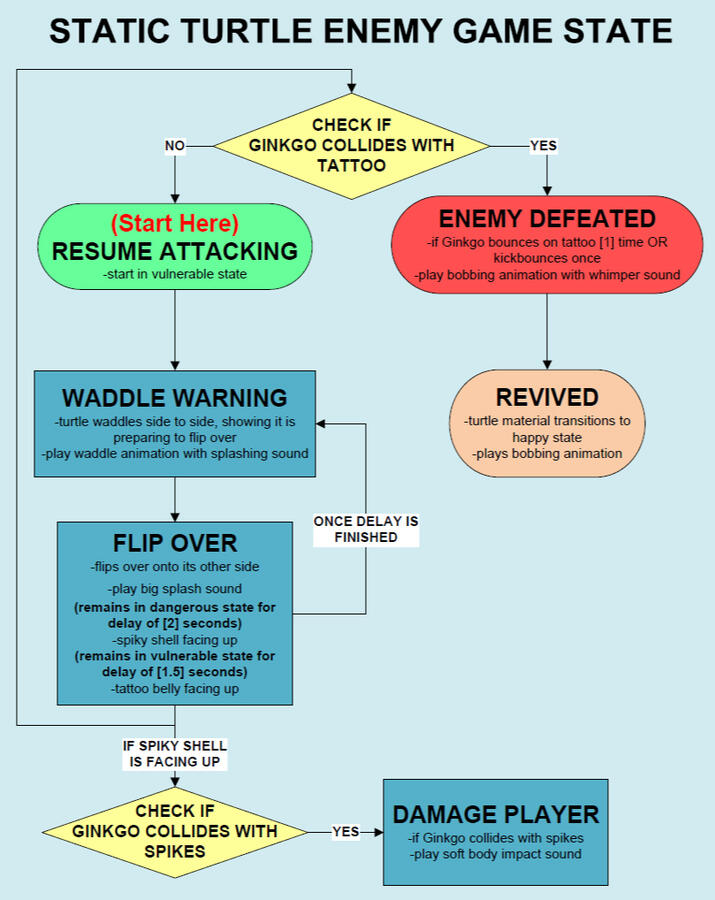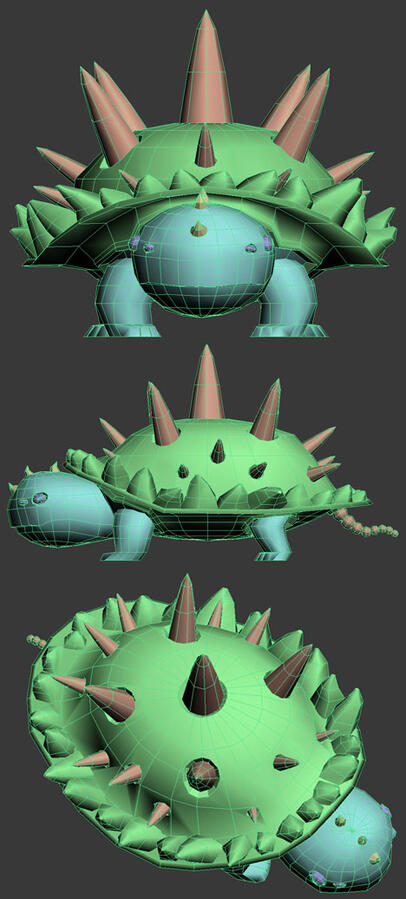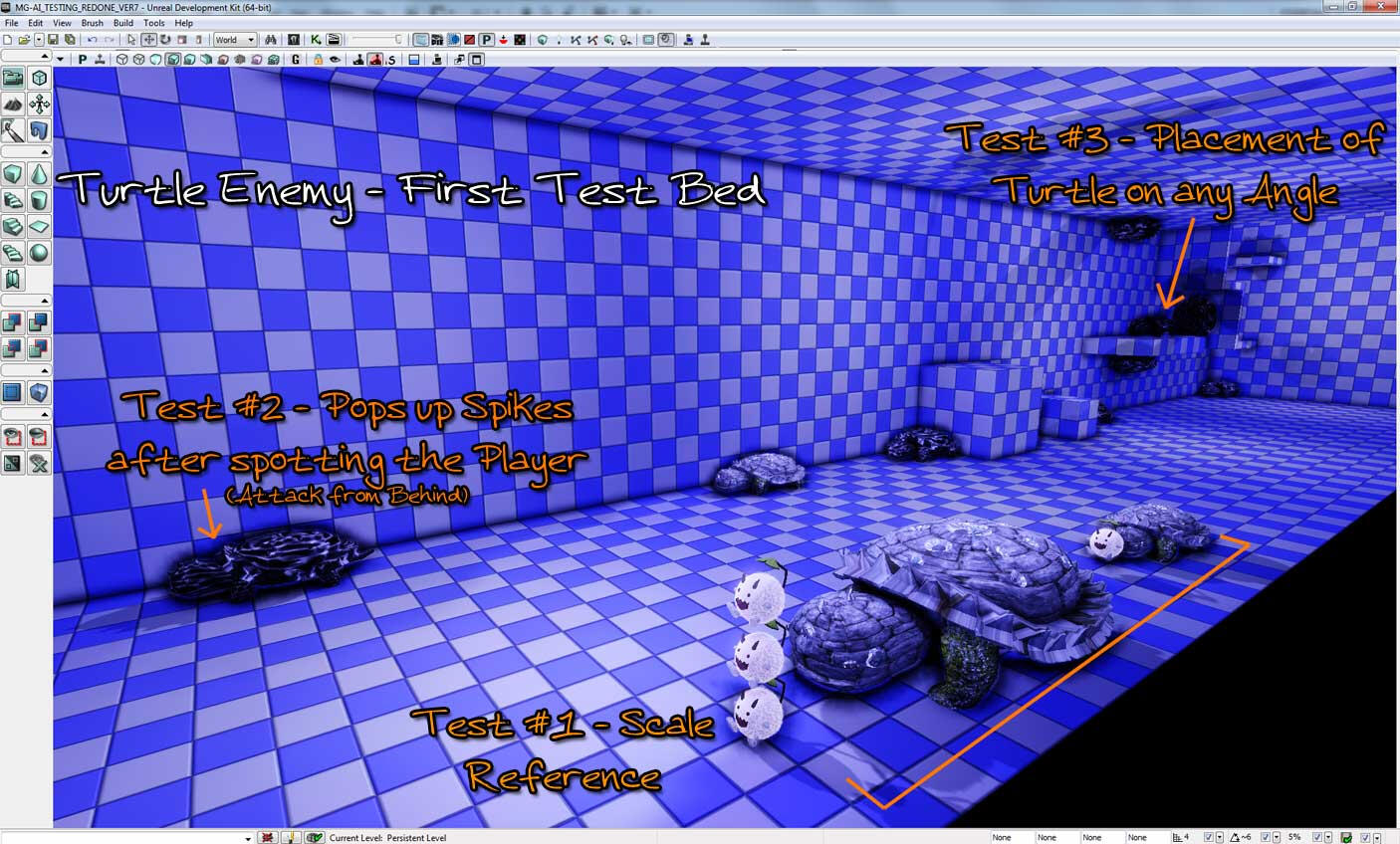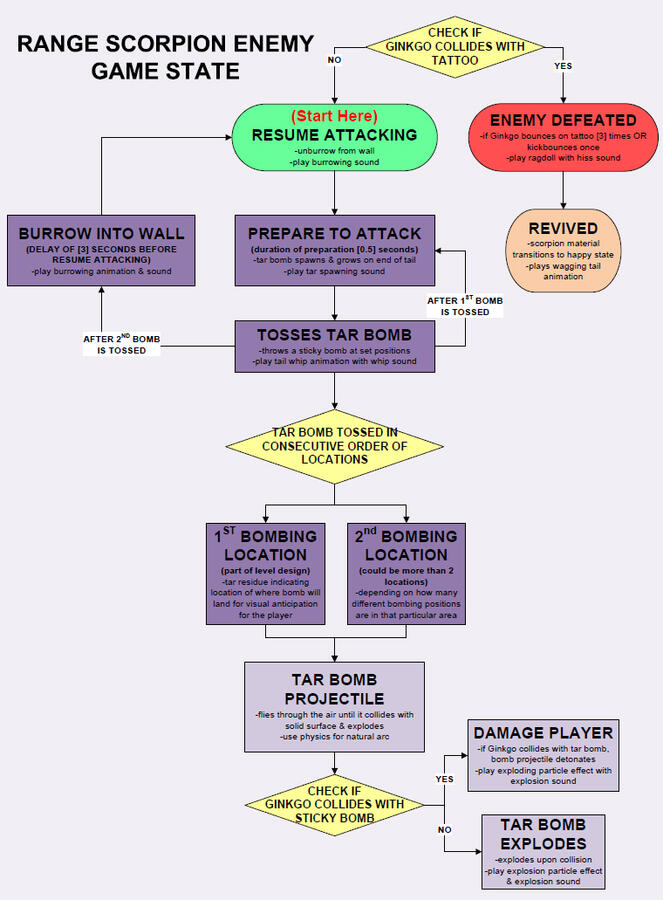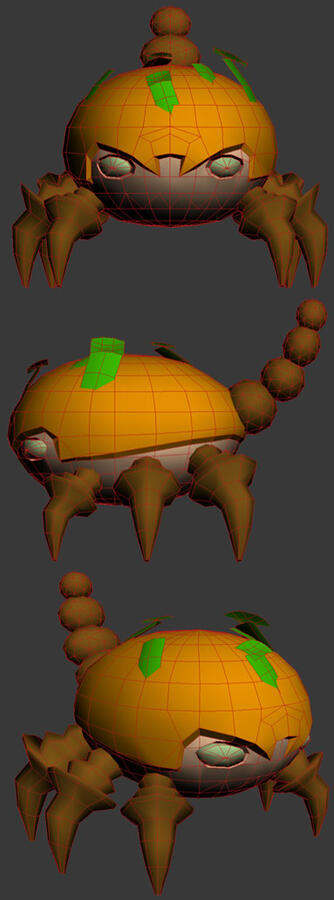Lisa Trac
Game Designer
Unannounced Title
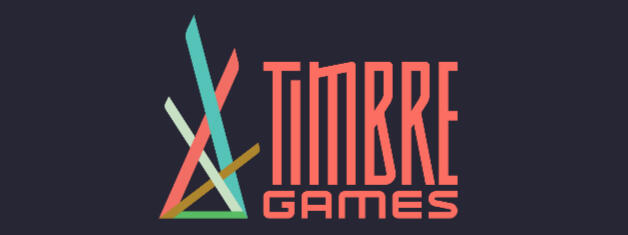
| Title | Company | Role | Platforms | Game Engine |
|---|---|---|---|---|
| Unannounced Title | Timbre Games | Senior Systems Designer | PC, Consoles | Unreal Engine 5 |
Overview:
During my time at Timbre Games, we were working on a 1-4 player cooperative Action RPG for PC/consoles.Joining the team in pre-production as one of the first systems designer, I wrote design documents for the core foundational systems such as loot distribution, procedural dungeon generation, progression & difficulty scaling, procedurally generated equipment, player attributes, combat states, damage types, & status effects.Working hands-on in Unreal editor and Blueprints scripting, I prototyped various gameplay content such as loot gear weapons/armor/procs, projectile types, levels, traps, and environmental interactions. Improving processes by creating test gyms for the content to be tested in a safe environment to ensure functionality and design intent. Once approved, the gameplay content can be handed off to the appropriate teams to handle content integration into the playable game flow, as well as handed off to art/vfx/sfx to integrate their visual/audio cues.In addition to content creation, I've worked on implementing gameplay systems such as the loot distribution system. I built the modular components for it: loot spawner component added to the Actors that spawn loot, loot tables that determine what to spawn and how many, and loot pools that provides a list of items to draw from with varying weighted chances. Then using those components, I implemented the loot drops for enemies/bosses, chests, and destructibles.
Responsibilities while working with the Core Gameplay Team:
- Design Documentation for combat systems
(Player Attributes & how they Stack with meta-progression and buffs/debuffs, Damage Types, Combat States, Status Effects)
- Created Content Lists for the various Equipment Loot items to ensure even distribution of IP representation, playstyle identity per IP, and meeting total gear counts for long term loot chase within scope limitations
(Weapons, Armour, Proc Gameplay Effects, Gear Buffs)
- Drive Loot Content Creation in collaboration with art/vfx/sfx disciplines
- Built various loot equipment content with GAS (Gameplay Ability System Unreal Plugin) tools, DataAssets, tuning CurveTables, and BP logic for custom gameplay effects
- Created Test Gyms for our Loot Content to assist in testing them with each of the enemy types
- Improved content pipeline by creating base parent classes for shared functionality with exposed tuneables for creating variations (projectile base types, proc effect base types)
- Tutorial Documentation on how to create each of the Loot Content items to assist other disciplines on how to interface with the tools available to integrate their work
(Tutorials included folder structure, gameplay tags, files that make up a loot item, visual/written walkthroughs for art/vfx/sfx/ui)
Boss Fight Prototype
- Collaborated with AI engineers, animators, VFX, SFX, and level designers to prototype a boss fight
- Point of Contact for this Boss Fight to align team on the design intent, assess progress through playtests, and worked with team on iterations based on feedback
- Implemented Melee & Range Abilities through Anim Montages with damage volume tools to set ground decal attack telegraphs, damage arcs, damage tags, projectiles spread, projectile speed
- Tuning pass for Boss: health, damage output per attack type, animation timings, proximity mines
Responsibilities while working with the Worlds Team:
- Design Documentation for core systems
(Loot Distribution, Procedural Dungeon Generation, Procedural Generated Equipment, Progression & Difficulty Scaling)
- Visual Scripted in Unreal Blueprints the Loot Drops system using Actor Components on Loot Source Actors for triggering the loot spawn, structs and enums for setting Loot Tables (what can spawn & how many), structs for setting Loot Content Pools (list of items that can be spawned & weighted rarity tiers for each item)
- Implemented the Loot Drops system on the EnemyBase for enemies and boss loot drops, Destructibles for any prop that can be destroyed to drop loot, and Chests that open to spawn multiple loot items
- Visual Scripted in Unreal Blueprints various room traps and discoverable environmental interactions
- Created Test Gyms for the level content prototypes (rooms traps, environmental interactions)
- Built levels populated with combat encounters, room traps, and environmental interactions
Loot Drops Prototype
- Created the Loot Drop system & the various loot content that populates it
- Designed & Built a modular Loot Drops system in Unreal Blueprints using Actor Components for spawning the loot, creating Loot Tables that determine what to spawn and how many, and creating Loot Content Pools that determine what content items can be spawned from each Loot Source (chests, destructibles, enemies)
- Procedural generation occurs at runtime when loot gear is spawned for progression scalability to set gear level based on player progression, RNG rolls for weighted rarity tiers, and RNG rolls for proc effects from pool
Traps Prototype
- Visual Scripted in Unreal Blueprints a variety of traps to diversify combat encounters & challenge players on navigation through the level spaces
- Created Test Gym to showcase trap types for testing in a safe environment to ensure gameplay functionality
Plants vs Zombies
Battle for Neighborville
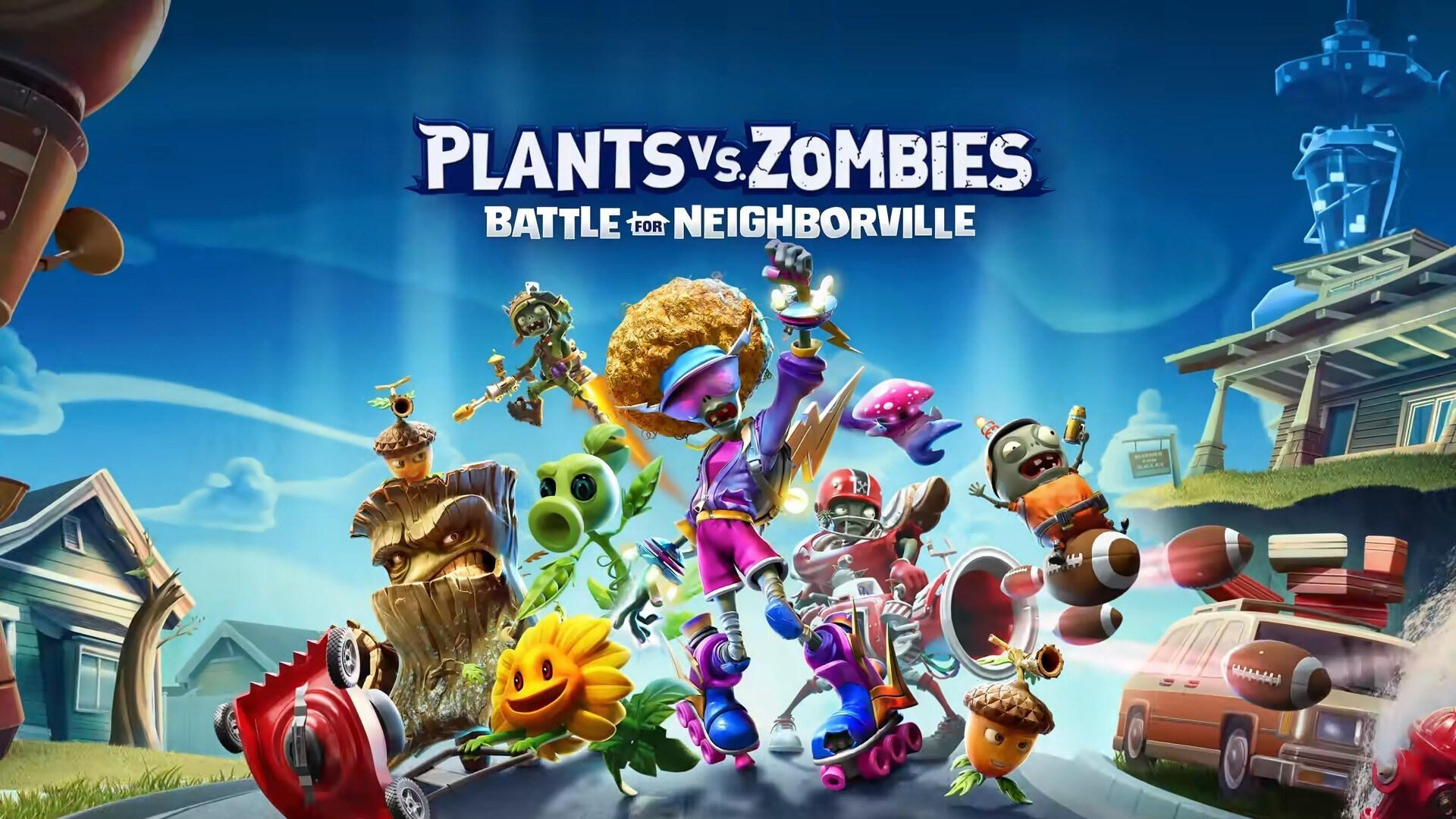
| Title | Company | Role | Platforms | Game Engine |
|---|---|---|---|---|
| Plants vs Zombies Battle for Neighborville | EA Motive | Mission Designer | PS4, Xbox One, PC Origin | Frostbite |
Overview:
Plants vs Zombies Battle for Neighborville features 4 story campaigns across 3 sandboxes filled with quests, challenges, hunts, and other wacky activities that can be played solo or up to 4 players co-op. Jump into the multiplayer portal to join in on large scale battles in the many PvP modes.Joining the team mid-production, I was tasked with building missions content for the story campaign, taking them from the prototyped phase to final release.At the start, my main tasks were to work on 4 missions for the Plants story campaign by building out the mission flow, combat encounters, objectives, checkpoints through the visual scripting tools in-editor.
Taking inspiration from the PvP playtest sessions, I organized playtests for the sandboxes missions to gather feedback to identify actions to take for better pacing and assist in finding bugs.Over the course of development, I was then entrusted with taking on more tasks for the sandboxes to help bring them to quality for final release, which included taking on additional missions content, building a more robust reminder system for campaign progression, and resolving performance issues by pausing animations within the sandbox when no players are present within the level area.Responsibilities:
- Mission design & scripting quest flow, objectives, combat encounters, and checkpoint states
- Collaborated with narrative team to implement npc dialogue sequences, objectives text, and speech bubbles
- Tuned/balanced encounter spawns & mission pacing for 1-4 players co-op
- Scripted sandbox activity reminder system for updates on the campaign progression
- Organized playtests for sandbox missions and collected feedback to action on
Evasion
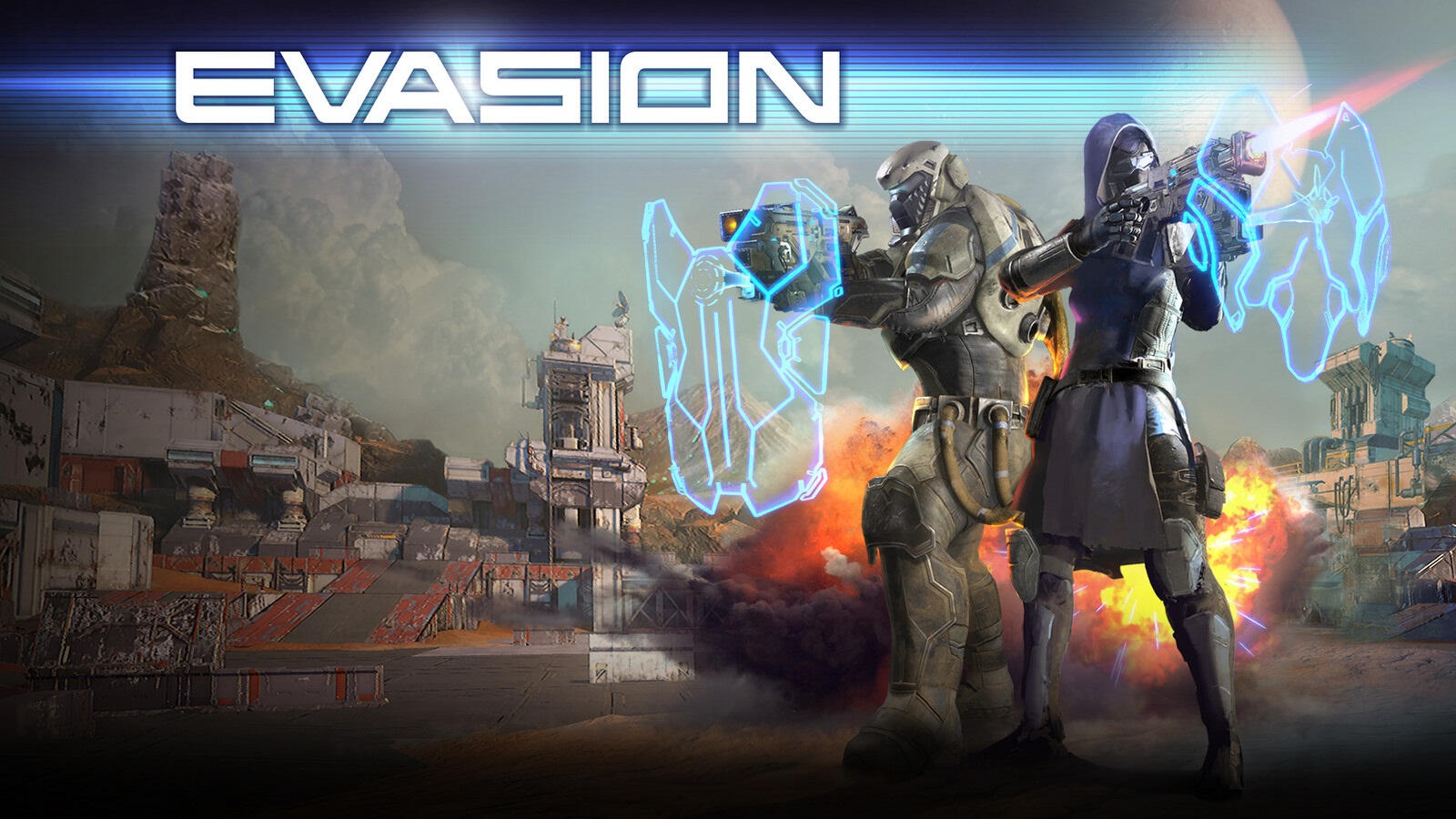
| Title | Company | Role | Platforms | Game Engine |
|---|---|---|---|---|
| Evasion | Archiact | Enemy Combat Designer | PSVR, Oculus Rift, Vive | Unreal |
Overview:
Evasion is a VR bullet hell shooter with up to 4 players co-op. Embark on a story campaign across multiple missions to battle the invading Optera, or fight through horde waves in challenge mode.Joining the team at the end of the production phase, my priority was to take stock of all the current enemies and create documentation to identify the core pillars of the enemy design that supports the game's vision.Additionally, I organized the projectile types and documented design guidelines for them (colour = damage amount, blinking = timer, ring = proximity). To diversify the evading gameplay, I pitched bomb projectile types to add various hazard levels for enemies.With the enemy pillars established, I was able to implement the enemies/minibosses/elites through a cohesive vision and tune/balance their gameplay through to final release.Responsibilities:
- Enemy design and implementation of firing patterns, movement, and projectiles
- Pitched projectiles, bombs, and shields to reinforce core pillar of "bullet hell"
- Built elite versions of all enemy types, built minibosses & final boss
- Tuning and balancing enemies/projectiles stats (health, damage, speed, etc)
- Maintained design docs for enemy designs and projectile types
- Visual script (blueprints) to build system for wave horde challenge mode
Hidden Fortune
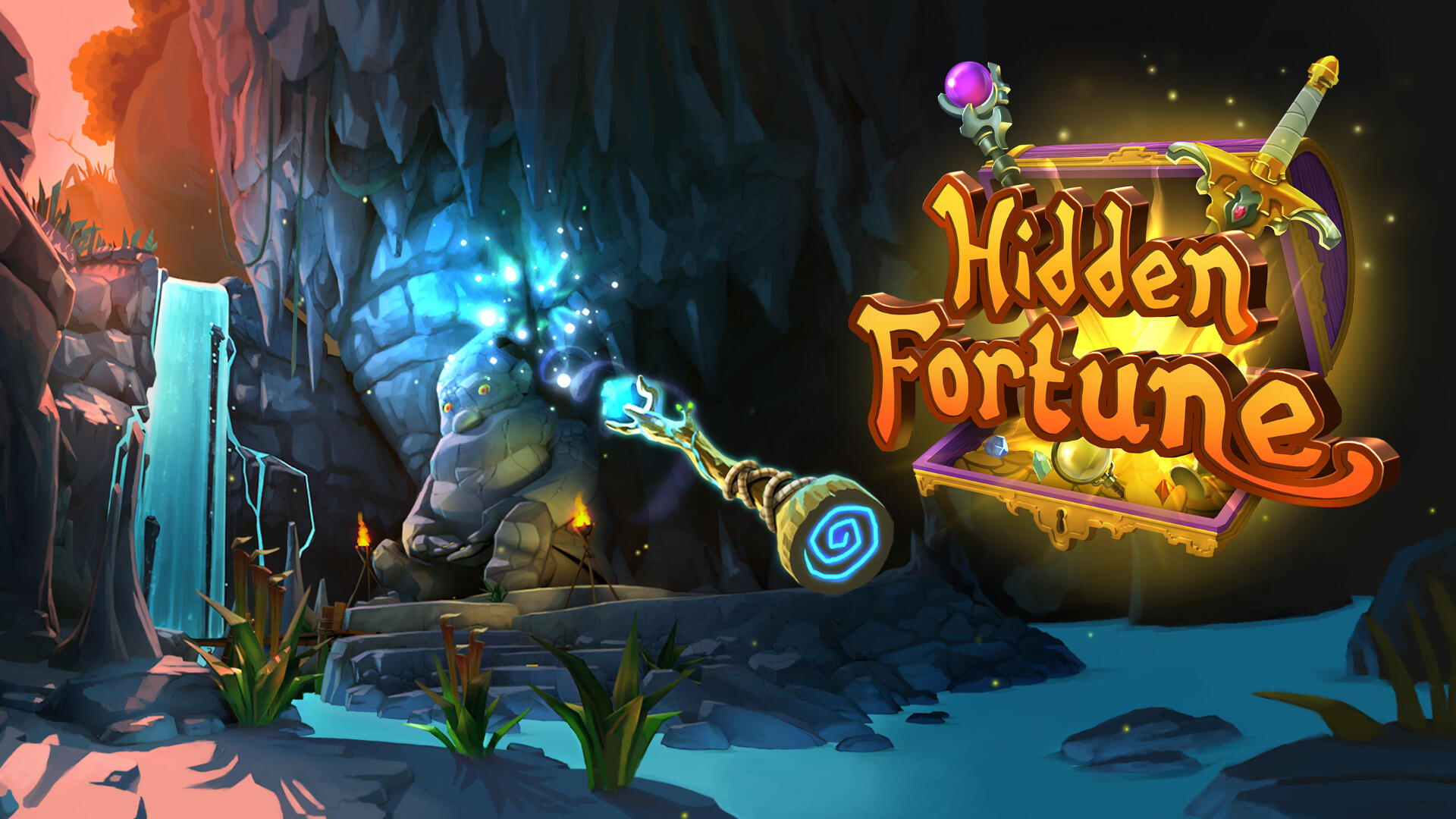
| Title | Company | Role | Platforms | Game Engine |
|---|---|---|---|---|
| Hidden Fortune | Archiact | Lead Game Designer | Gear VR, Google Daydream, Vive Focus | Unity |
Overview:
Hidden Fortune is a episodic VR hidden object game where players travel to treasure trove locations to help the locals find hidden objects through minigames to gain rewards to unlock new quest areas. Released Chapters 1 & 2 for main game and showcase demo version for Vive Focus.Working on a VR title provides a unique design challenge for this experimental interactive platform.
Upon the conception phase of Hidden Fortune, I worked with other team members to pitch prototypes to experiment on various interaction types, movement mechanics, and world space UI within a VR space. This proved beneficial to establish what felt intuitive and visually comfortable for the player's experience.For most of the production on chapter 1 content, I was both the game designer and project manager for a small team of around 10 people. I led scrums to align the team on tasks, set goals for each sprint, and organized build review presentations to celebrate what we accomplished together. Near the end of production, a producer joined the team and took on those tasks which allowed me to focus on designer tasks.Responsibilities:
- Designed game mechanics, core gameplay loop, and player progression
- Level layouts for quest areas and navigational teleportation traversal nodes placement
- Scripted puzzles/minigames and discoverable environment interactions
- Created documentation for prototyping sessions, GDD, and build reviews from concept to final release
- Worked with programmer to build CMS (content management system) for data used in quests, progression, rewards, and store inventory items
- Project management to set sprint goals, run scrums, writeup tasks for team, led build reviews, and provided end of sprint presentation for the team on what the team accomplished that sprint (small team of 10)
- Onboarded new team members by providing them what stage of production the team is at, tasks for the sprint, letting them familiarize themselves with the game by playing a build, and checking in to see if they have any questions that I could help them withKey Achievements:
- Pitched & led prototype sessions to explore interaction mechanics in a VR space as this
was an interactive medium new to many of us. This process defined what worked well and
what didn’t for taking a 2D Hidden Object game to be reimagined in a 3D virtual space.
Project Spark
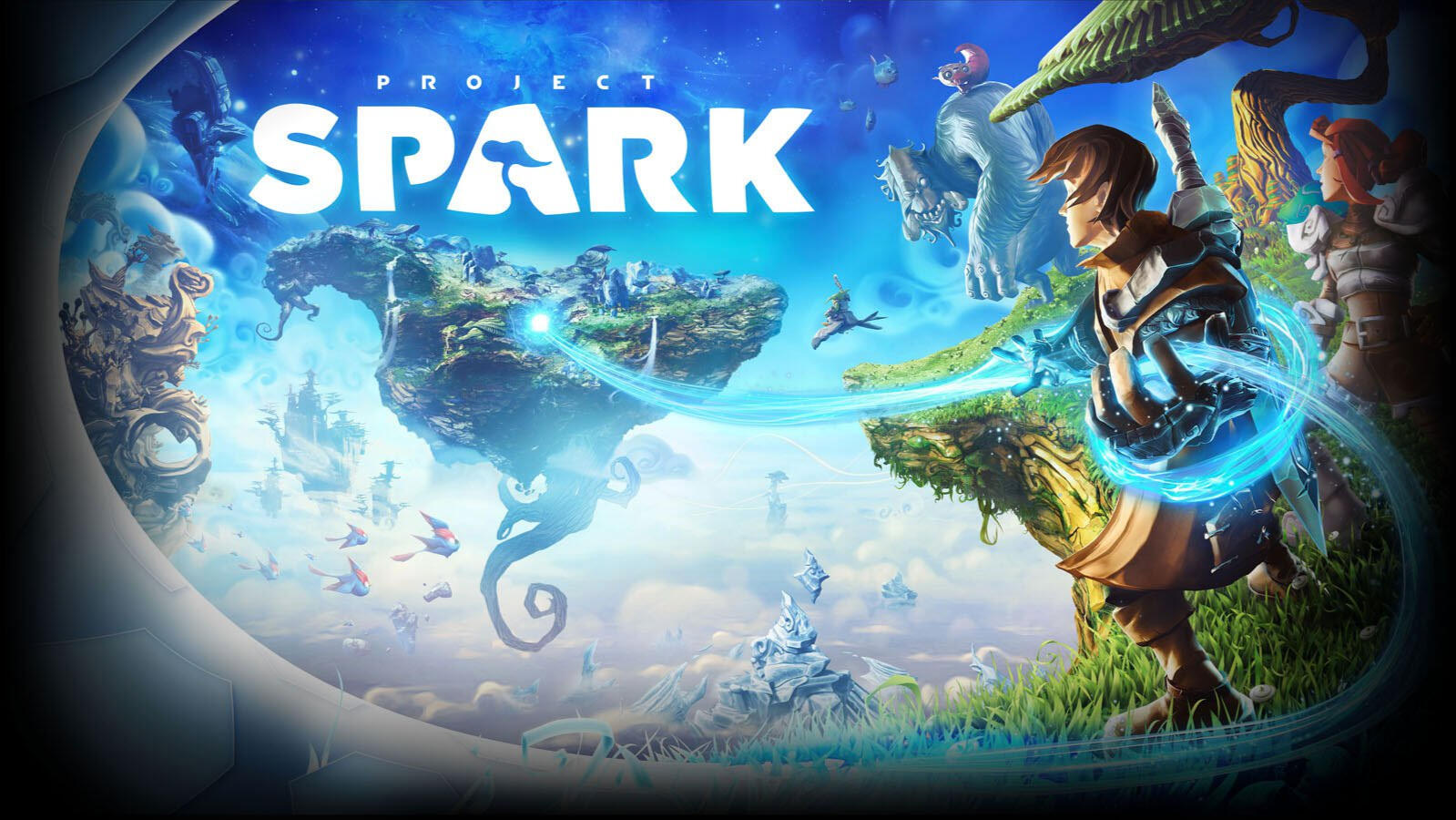
| Title | Company | Role | Platforms | Game Engine |
|---|---|---|---|---|
| Project Spark | Skybox Labs | Game Designer | Xbox One, PC | Proprietary |
Overview:
Project Spark is both a video game and game creation tool, where players create and creators play. Players could create their own game from a blank canvas with the in-game editor, or play through Crossroads to build an adventure by making choices throughout the questline, or choose to download and play other user generated content.Our team was tasked to create a Crossroads feature where players could play through different quest types and shape the adventure by making choices throughout the questline.Working alongside the other designers, we built various modular quest content that could be integrated into a procedurally generated playthrough of Crossroads. Using an external tool, we were able to specify a list of prefabs that would appear as the choices for each user selection section of the questline.Responsibilities:
- Built quest content with modular gameplay components for Crossroads (game mode in the style of choose your own adventure / user selection generated quest)
- Scripted side quests, minigames, puzzles, items, weapons, and allies/enemies/boss AI
- Setup npc dialogue sequences, integrated NIS, & various environmental interactions
- Created quest type for a tower defense mode, built squad movement along path, scripted tower weapons and upgrade trees for each of them
- Created side quests and boss fights for DLC content
Glitch
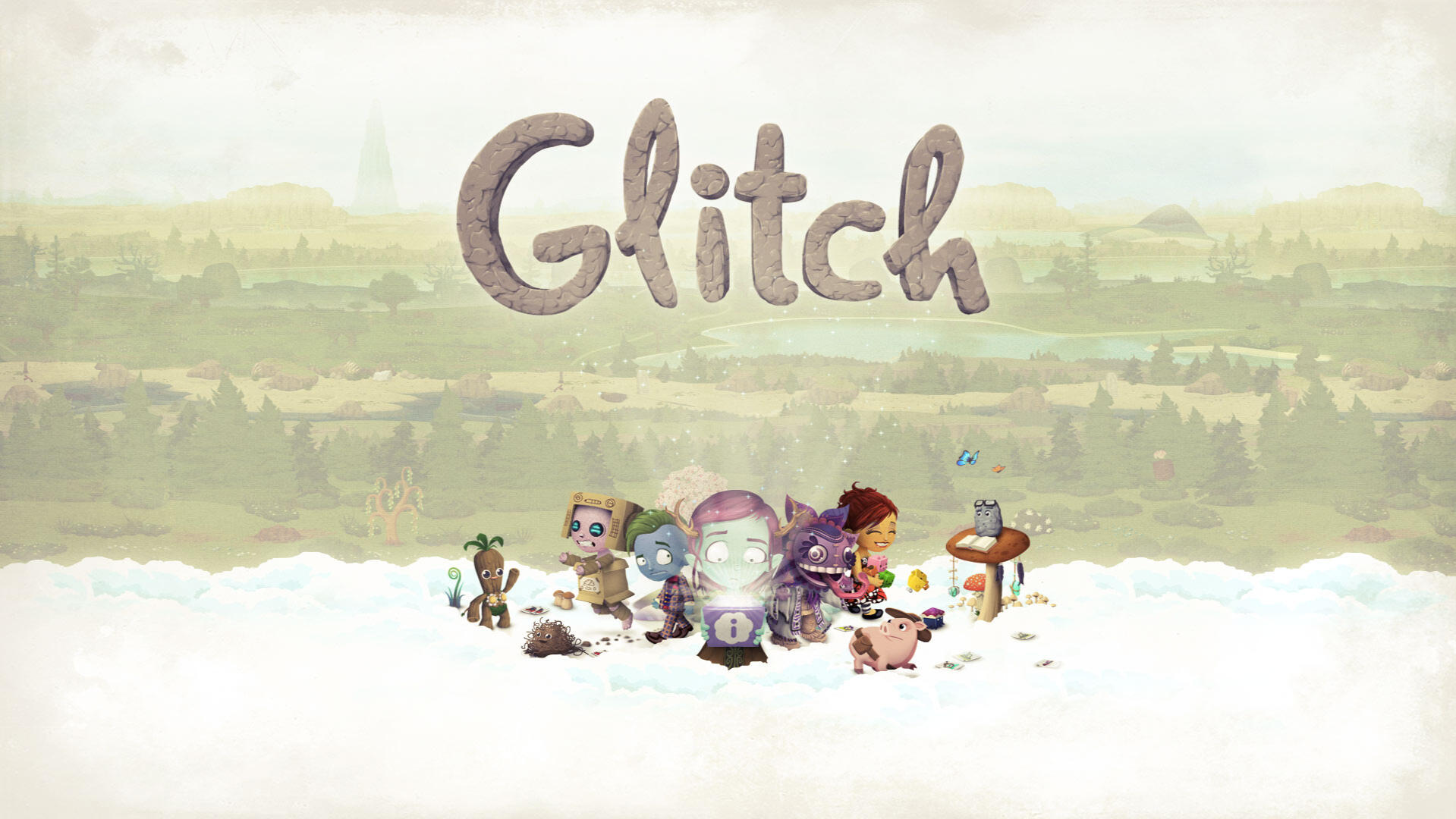
| Title | Company | Role | Platforms | Game Engine |
|---|---|---|---|---|
| Glitch | Tiny Speck | Level Designer/Scripter | Web Browser | Proprietary |
Overview:
Glitch is a free-to-play browser-based social MMO where players explore and work together to gather resources, craft items, complete quests, and donate to expand the imagination of the 11 Giants which expands the world.As part of the world building team, my main tasks revolved around conceptualizing and building locations for the ever-expanding world of Glitch.Using a custom editor and tools, I worked alongside the other designers to build a variety of parallaxing street locations for each new region hub. Using a limited set of environment assets, our team was able to establish new visually defining regions through colour shifts and layering.As the world of Glitch expanded, so did our toolsets and we began scripting quests, puzzles, platforming challenges, and little discoverable interactions throughout the regional hubs.Responsibilities:
- Design & script (javascript) various puzzles and platforming challenges
- Built multiple region-based levels, player home streets, and discoverable areas
- Setup connections between levels and distribution of crafting resources in them
- Collaborate with art team to develop assets used for creating new regions
- Update design documentation based on newly implemented levels and quests
Hunt for the Lost Folktales
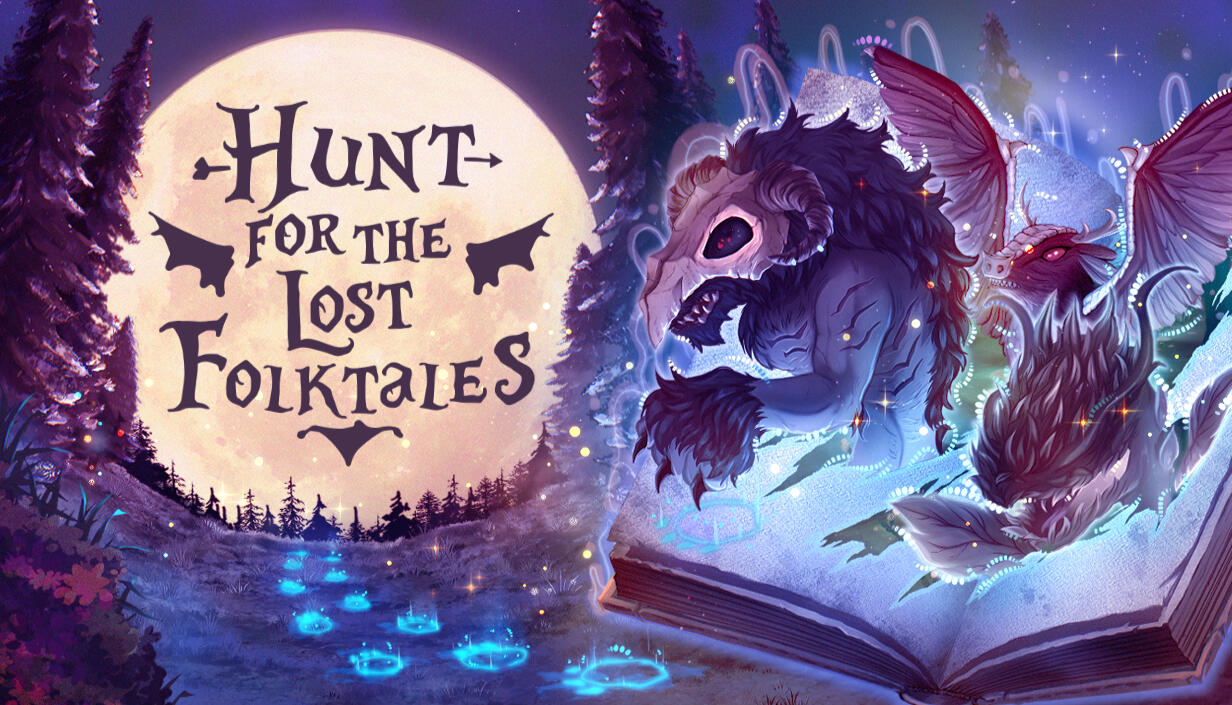
| Title | Role | Platforms | Game Engine |
|---|---|---|---|
| Hunt for the Lost Folktales | Design, Code, Art, Business | Steam | Unity |
Overview:
Hunt for the Lost Folktales is a folklore inspired turnbased adventure where you play as a huntress, cursed to be the very beast that she hunted, who is tasked to hunt lost folktales for the feathered scribes in exchange for being released from her curse.Currently working on this long term project to build a game inspired by folktales from around the world, tracking trails in the wilderness, and turn based combat focused on stacking fear.Work I've focused on to build skills:
- Design & C# script game states, turn based combat system, player inputs, AI logic, UI & HUD, trail generation, level transitions, dialogue system, game data, and many more
- Research folktales from around the world to draw inspiration for their combat mechanics
- Create character art, sprite animation rig, & animation trees for a multitude of charactersFeatures:
- Fight fearsome beasts in Turn based Tactical Combat
- Follow Pawprints and Scent Trails to track down your target
- Discover new Wilderness Locations filled with new folktales to hunt
- Recruit Beasts into your team by completing their lost memory quest
- Battle against challenging Monstrous Bosses to seal the Story Rifts where folktales are escaping from
To learn more, click to visit the website
Avatar the Last Dragon
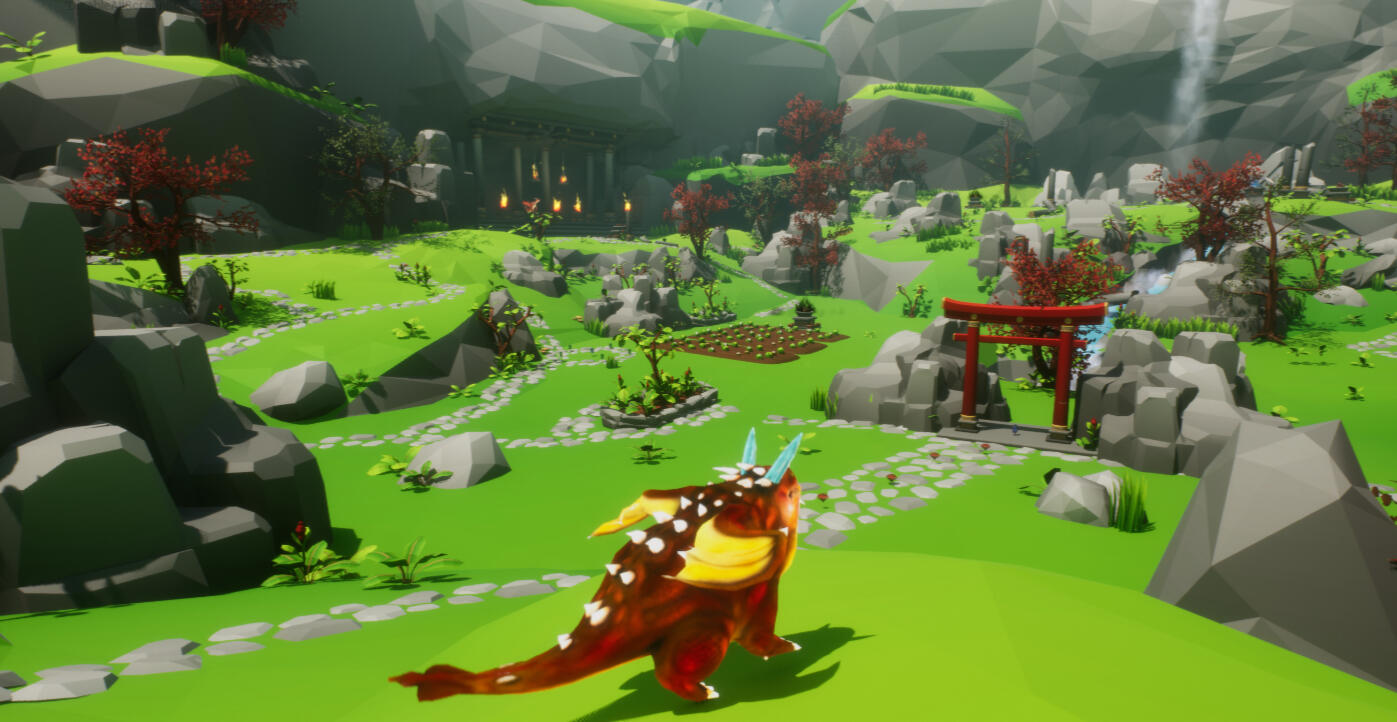
| Title | Role | Game Engine |
|---|---|---|
| Avatar the Last Dragon | Technical Systems Designer, Scripter | Unreal |
Overview:
Avatar the Last Dragon is a cross between Spyro and Avatar the Last Airbender, where you harness your elemental powers to strike down those stealing your dragon treasure trove.This was a short term project (1 month) to refamiliarize myself with the Unreal engine and to build gameplay systems to showcase on my portfolio.
(Note: Environment, Props, VFX, Characters meshes/animations are from Unreal Marketplace)Work I've focused on to build my skills:
- Setup system structures for AI Behavior Tree Hierarchy, Enemy Parent/Child Classes, Item Pickups
- Visual Script (blueprints) player inputs/locomotion/attacks, proximity based elemental upgrade system, elemental combat system, AI behaviors, item pickups interactions
- Created Tech Design Documentation outlining how the systems communicate to each other
- Setup anim graphs and blends for characters (characters from Unreal Marketplace)
Upgrades System - Proximity To Elements increases Power
Upgrade Shrines:
Bestow an element (fire, ice, earth, wind) on a Shrine to increase your elemental power based on your proximity to various Shrines and their assigned element. This dynamic upgrades system is inspired by Avatar the Last Airbender in the context of elements exist all around us and the greater the amount, the more powerful it is.Your elemental power is determined by the number of shrines you've bestowed with that element and your proximity to those shrines. The further away, the less powerful the element. This dynamic upgrades system encourages clearing out corruption zones and freeing shrines to continually carry that elemental upgrade as you progress through the world.
Combat System - Elemental Shields & Weak Spots
Elemental Attack Types:
Quick run through of the 4 elemental attack types the player character has.
Fire = short range attack
Ice = mid range projectile attack
Earth = area knockback attack
Wind = running charge attack
Elemental Weak Spots:
Enemies have their health visually displayed on them (in this prototype, it shows as spheres attached to their body). The color of the spheres represent the element they are weak against. As the player tries using their other elemental attacks without any of them registering a hit, they come to learn that using the corresponding element type (in this case, the ice element) will cause damage to the enemy.
Elemental Shields:
Enemies that have shields can block the element that they are weak to. In this example, the enemy is weak to fire (red spheres) but has a shield that is weak to earth (yellow shield). Find the right element that dispatches their shield and then you can attack their elemental weakness.
(Note: this enemy has a short retreat everytime they take damage or after they complete a melee attack)
Enemies - AI Behavior Hierarchy
Melee Enemy:
Melee enemy closes distance to target and attacks with equipped melee weapon.
Range Enemy:
Range enemy is stationary and fires homing projectiles.
Explody Enemy:
Explody enemy slowly closes distance to target and then explodes causing damage to any within explosion radius.
Items - Technical Setup
Versatile Item Placement in world:
Change item type in editor for ease of placing a variety of item pickups in the world.
Battle Stacktics
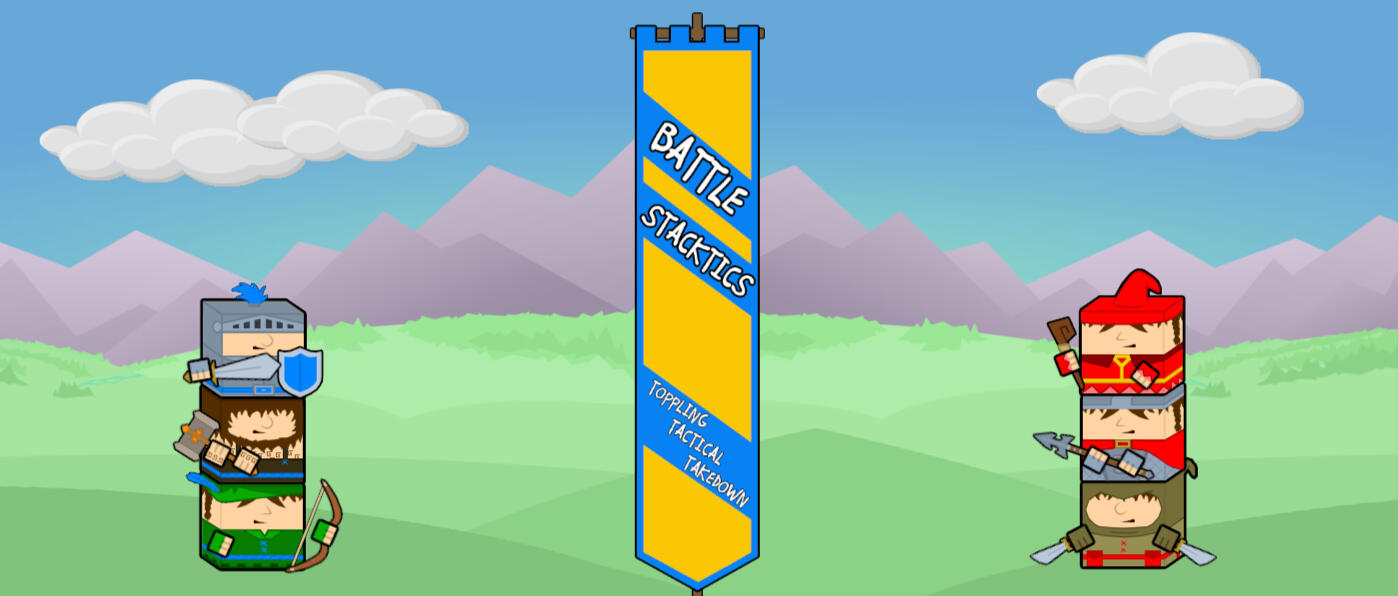
| Title | Role | Game Engine |
|---|---|---|
| Battle Stacktics | Designer, Programmer, Artist | Unity |
Overview:
Battle Stacktics is a tactical, toppling, takedown 2D game about literally stacking your team composed of cube-like character classes to battle randomly generated AI teams through turn-based combat to defeat the other tower of stacked characters.This was a short term (2 months) project to build my skills in C# programming, designing team-based AI logic, building character classes, and setup of a turnbased gameplay system.Work I've focused on to build my skills:
- Scripted game flow, turnbased combat system, AI behaviors, player controls, and menus
- Designed character classes, party stacking for combat, and UI layouts
- Created art assets and animations for all characters and backgrounds
- Integrated audio/sfx from Unity Asset Store
Ginkgo
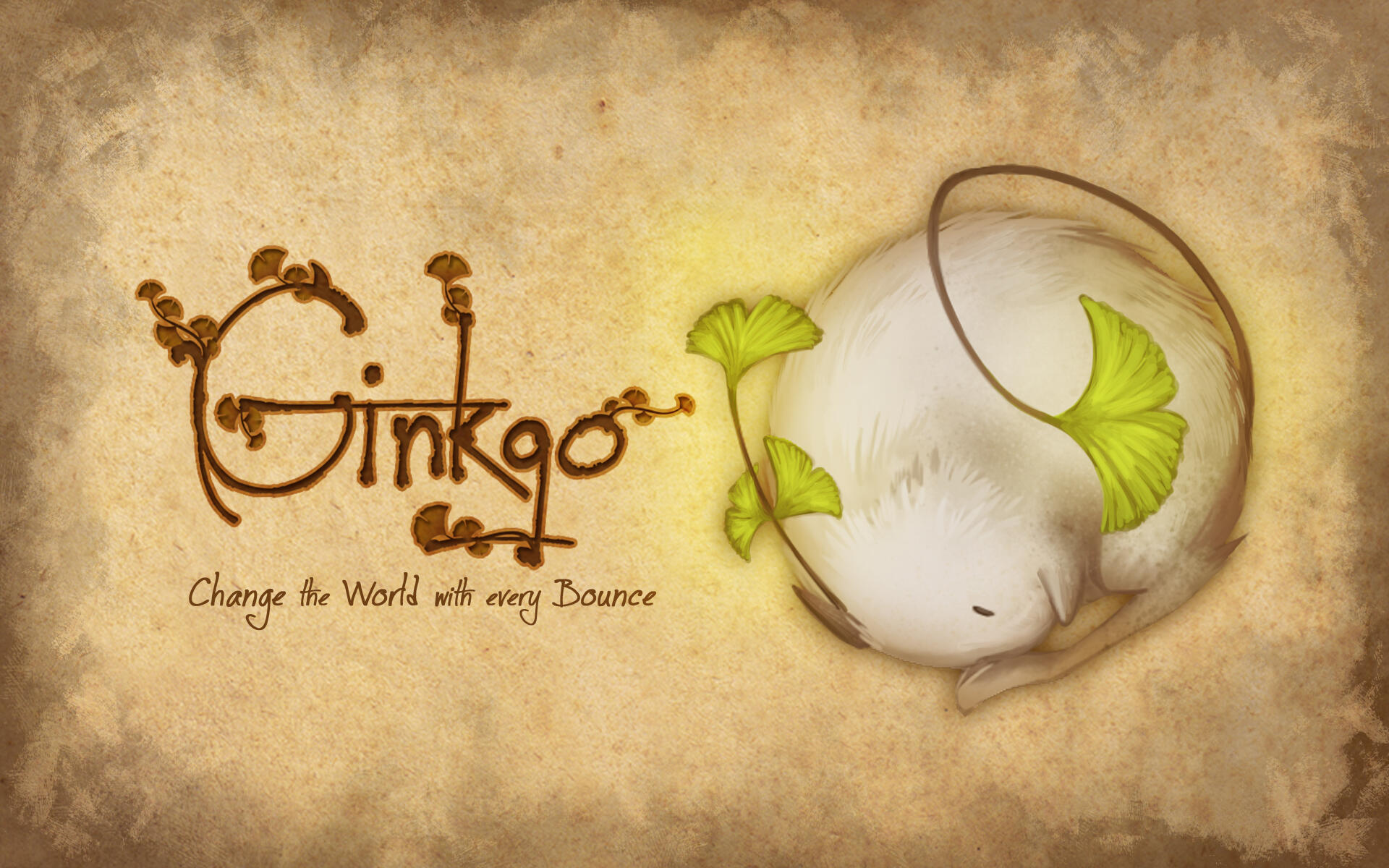
| Title | Role | Game Engine |
|---|---|---|
| Ginkgo | Enemy Designer, AI Scripter, 3D Modeler, Animator | UDK |
Overview:
Ginkgo is a 2.5D platformer in which you play as a furry bouncing creature who needs to restore its forest world from decay.For our final project at VFS Game Design Program, my role on our 5 person team was to create enemy characters that act as platforming obstacles and reinforce the concept of this decay being a hazard to the world.To strengthen our player's main mechanic of kick-bouncing, the enemies were designed to challenge the player to take different approaches to knock off the decay and restore these characters:
- Ram enemy moves horizontally and challenges moving horizontal target while player avoids getting hit from its tusks
- Scorpion enemy is stationary and challenges vertical height target and launches spiked tail bombs on set ground positions
- Turtle enemy is stationary and challenges timing by flipping from spiked back to target belly at set intervals
Ginkgo: Tar Boss
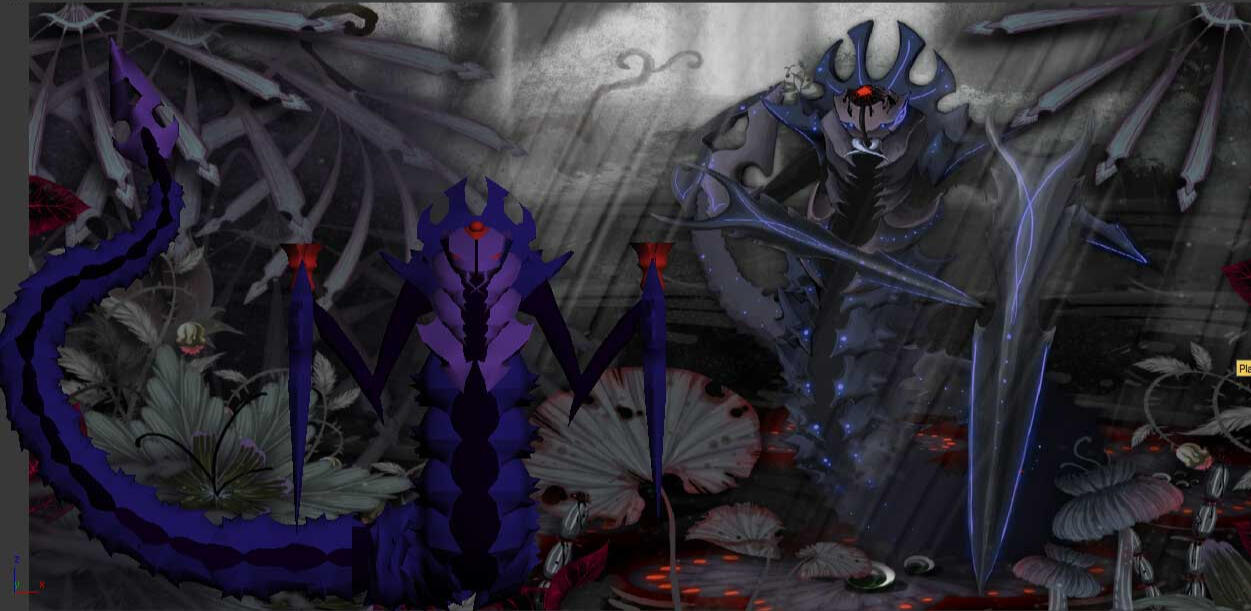
| Title | Role | Game Engine |
|---|---|---|
| Ginkgo: Tar Boss | Enemy Designer, AI Scripter, 3D Modeler, Animator | UDK |
Overview:
This Tar Boss did not make it into the final game of Ginkgo, so I worked on building this character after graduation and created a 3 stage boss battle.Having modeled, rigged, and animated the characters strengthened my knowledge of what is involved in building a character. Understanding animation sets, setting up animation trees, and trigger volumes placement for hit detection helped me establish workflows for implementing combat mechanics.























